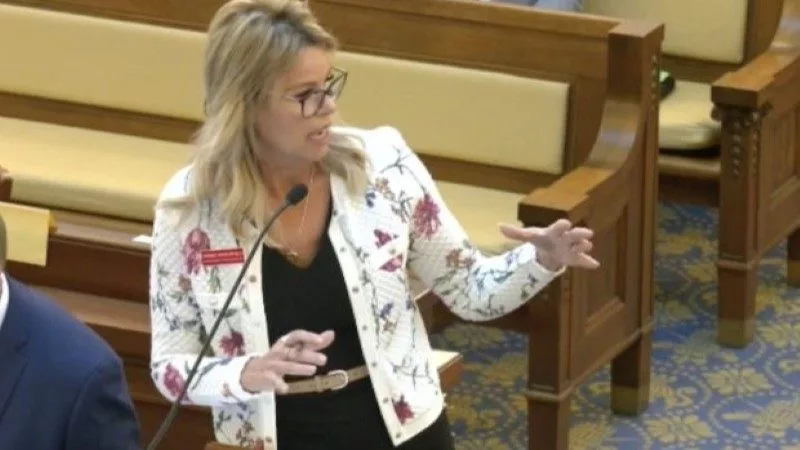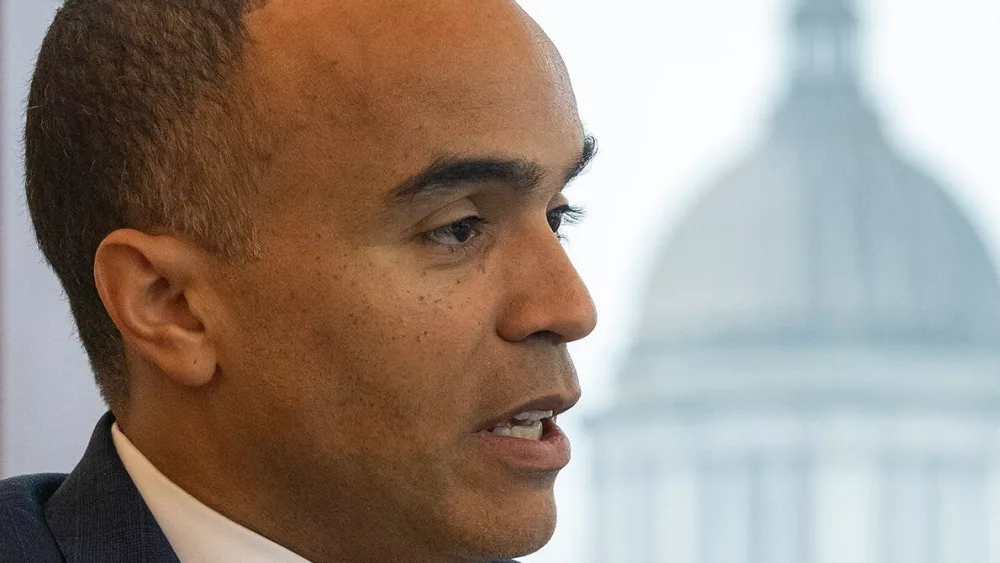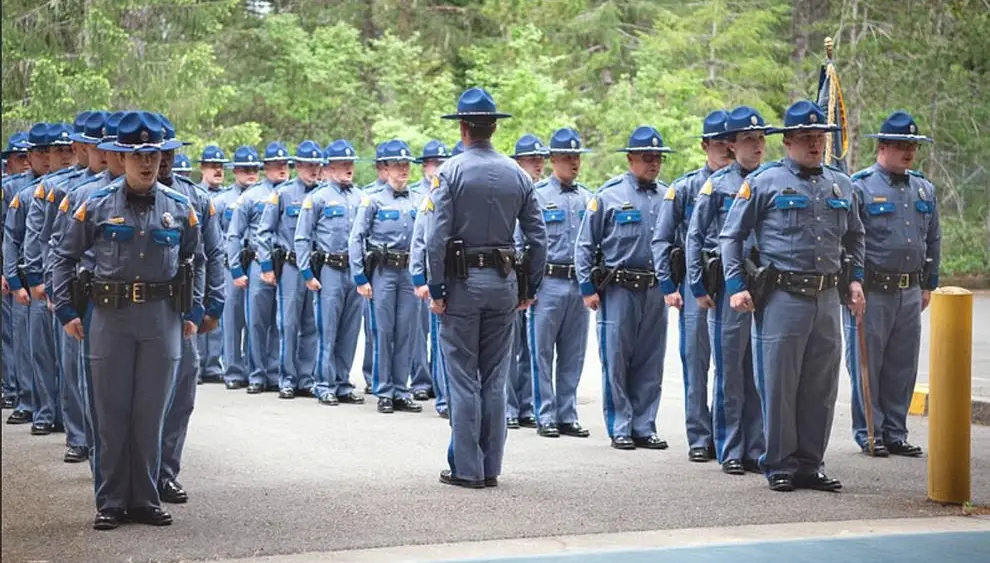Originally posted on IdahoEdNews.org on August 29, 2025
BOISE, ID – State superintendent Debbie Critchfield wants $50 million to cut into Idaho’s special education budget gap.
The grant program is the one big-ticket item in Critchfield’s 2026-27 budget request, submitted to Gov. Brad Little Friday. The budget would push general fund K-12 spending above the $3 billion mark for the first time in state history, an 8.9% increase.
But most of this 8.9% increase would meet Idaho’s legal obligations — covering, for example, teacher pay raises spelled out in state law — or cover increased health insurance costs. This week, two of Critchfield’s top aides said the special education line item is the sole increase in a hold-the-line budget.
“This is the one area that deserves the Legislature’s attention, the governor’s attention,” said Greg Wilson, Critchfield’s chief of staff.
A partial solution
The special education shortfall went unaddressed during the 2025 legislative session. Critchfield pushed a bill to rework Idaho’s aging school funding formula, and earmark additional dollars for special education students, but the proposal stalled in the House after passing the Senate. The Senate narrowly killed a bill to create a $3 million “high-needs” fund, for students who might need a full-time aide.
The $3 million wouldn’t have covered the special education funding shortfall. The $50 million won’t either.
The shortfall — the gap between state and federal special education dollars and local program needs — came in at $82.2 million, according to a March report from the state’s Office of Performance Evaluations. But the report did not address charter schools, Critchfield’s office says, and that pushes the shortfall above the $100 million mark.
The $50 million would go out as block grants, and Critchfield’s staff is looking at a two-step formula.
The first $30 million would go out based on special education enrollment. Districts or charters with a higher percentage of special education students would receive a larger share of the money, said Gideon Tolman, Critchfield’s chief financial officer.
The remaining $20 million would go out based on districts’ and charters’ special education costs, he said. In other words, schools with high-needs students would get a larger share of this money.
The special education grant program represents Critchfield’s one big line-item request — and a policy shift. She is not going to propose changes to the funding formula, Wilson said, focusing instead on the grant bill.
Idaho has about 33,000 special education students, accounting for about one-tenth of K-12’s overall enrollment, according to the OPE report.
Harsh budget realities
But the $50 million request comes as the state is facing its most severe budget crunch in five years.
Gov. Brad Little has already imposed a 3% budget holdback, a midyear spending cut, across most of state government. K-12 was exempt from the holdback.
These cuts could erase a projected $79.9 million budget deficit, and they might not be enough. If the state conforms with new federal tax law, and the “One Big Beautiful Bill Act,” passed in July, this move could add another $167 million to this year’s deficit.
This year’s budget straits do not affect the special education proposal, or anything else in Critchfield’s request for next year. But they set a grim backdrop for the next budget year, which begins July 1.
Little has asked state agencies to turn in “maintenance” budget requests with no new spending initiatives. The special education grant program would fall under the heading of a new initiative.
In an interview earlier this week, Tolman said Critchfield’s team has briefed Little’s staff on the proposal. “They know something is coming with special education.”
Agency budget requests, like Critchfield’s, are due Friday, and they mark the first stage in a months-long process. Little’s team will work off of these requests and present a budget proposal in January, as the 2026 legislative session begins. Legislators will then spend the next three months crafting and debating spending bills that will ultimately go to Little’s desk.
A milestone (but maintenance) budget?
Critchfield is asking for $3,000,959,400 in general fund money for K-12.
It would be a $246 million increase.
But aside from the special education line item, Critchfield’s team says her request represents the maintenance budget Little has in mind.
Nearly half of the spending increase, $113 million, would cover increases in health insurance and a 1% “placeholder” pay raise — two items Little’s Division of Financial Management included in its maintenance budget framework.
Another $83 million would cover spending increases mandated by state law, including salary and benefit increases under the teacher “career ladder,” and spending increases for transportation and Advanced Opportunities, which covers college courses taken by high school students.
“This is really a no-frills budget,” Wilson said.





